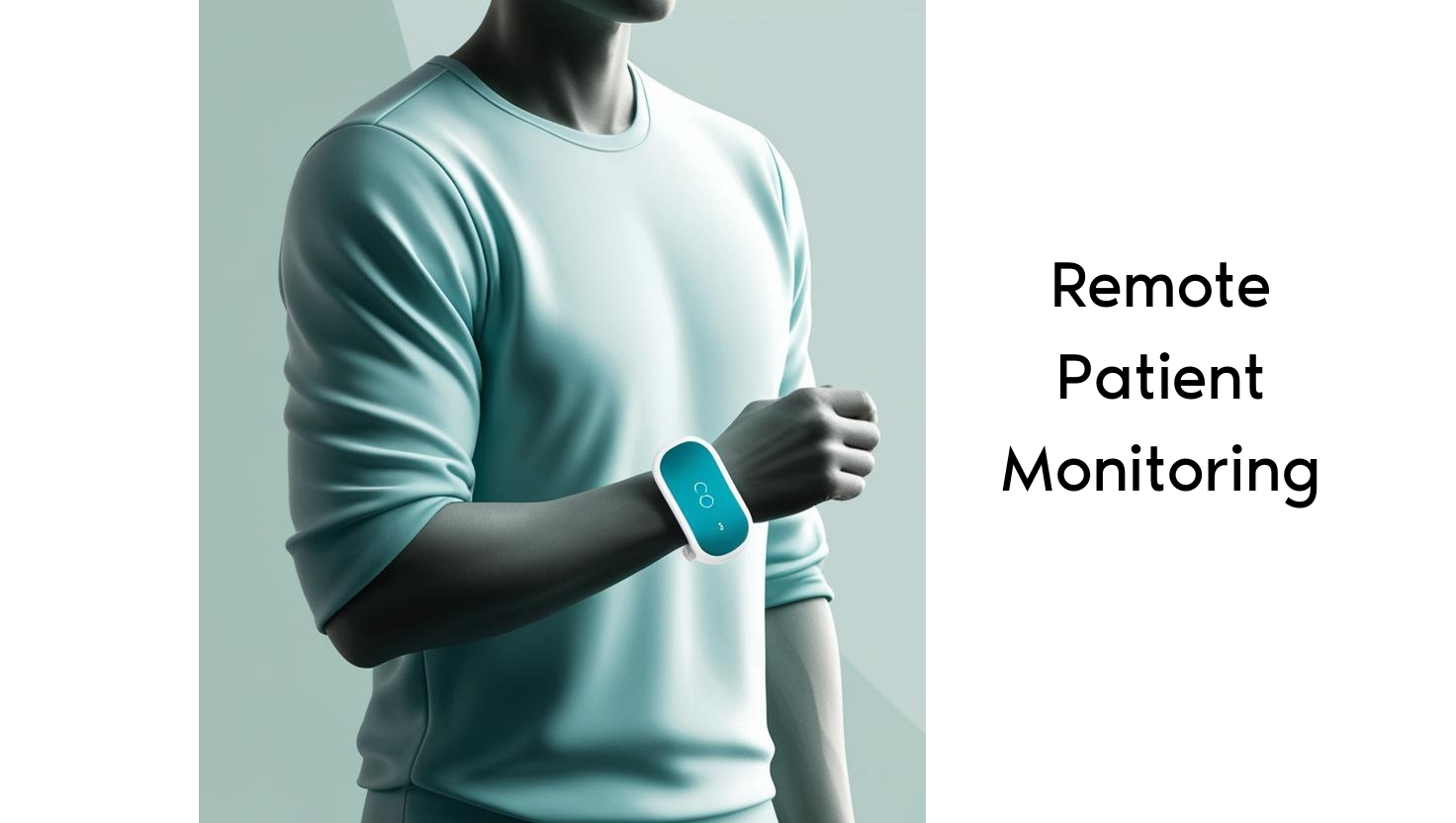Remote patient monitoring opens up new opportunities for CHF diagnosis, CDI query

By Brian Murphy
I have my moments of technophobia, but other days feel rather optimistic. As I am for example with remote patient monitoring (RPM).
Patients spend 99% of their time out of the hospital, which makes it very difficult to ensure medication or diet adherence, monitoring of vital signs, etc. The result is readmissions and financial penalties, and general inflation of the cost of care.
This is especially true with heart failure (HF) According to the NIH, in 2012 HF cost the U.S. an estimated $30.7 billion to treat, projected to $69.8 billion by 2030 (see below). Rates of HF hospitalizations and HF readmissions per 1000 U.S. adults in 2017 was 4.9 and 1.1, respectively.
A big problem, but enter big tech. HF patients now have access to a litany of devices including implantable pulmonary artery, left atrial, and inferior vena cava pressure monitoring devices; implantable subcutaneous cardiac monitors; cardiovascular implantable electronic device (CIED)-based technologies; wearable devices; and even stethoscope-based technologies and speech-recognition mobile applications.
A recent article by Healthcare IT News (link below) predicts the rise of a new standard of proactive CHF management. One in which patients will receive real-time feedback, guidance, and reminders for managing themselves, right on their smartphone. Healthcare organizations would be alerted for deterioration and able to proactively intervene.
I believe these technologies can make a big difference in preventive care if implemented properly. Yes, RPM companies are eyeing the risk adjustment pie and optimizing capture of diagnoses in telehealth and other assessments to take a share of the RAF score reimbursement. But they need margin, too.
Some questions and coding/coverage observations:
- How might a CDI specialist or coder work in conjunction with these devices? Could this data be the basis for query, if the patient is admitted and the MD uses it in his or her evaluation? Would love to get your input.
- Billing these services requires three components: 1) Enrollee education and device setup; 2) Device supply; 3) Treatment management. Proper billing and coding issues start here; some 43% of patients receiving remote patient monitoring did not receive all three components, per the OIG (see Norwood article below).
- Avoid nonspecific ICD-10-CM codes. Medicare requires that remote patient monitoring be used to treat an acute or chronic condition, but an OIG audit of RPM services revealed more than 7,000 enrollees with a diagnosis of “other specified counseling”; more than 500 enrollees with a diagnosis of “other specified health status”; about 400 enrollees with the diagnosis of “encounter for examination and observation for other specified reasons.”
- Use up-to-date CPT codes. At last check these include these include: Education and setup (CPT code 99453); Device supply (99454); and Treatment management (99091, 99457, or 99458)
References
- Healthcare IT News, “Remote patient monitoring will boost CHF and GLP-1 care in 2025”: https://www.healthcareitnews.com/news/remote-patient-monitoring-will-boost-chf-and-glp-1-care-2025
- NIH, Heart Failure Remote Monitoring: A Review and Implementation How-To: https://pmc.ncbi.nlm.nih.gov/articles/PMC10573601/
- Norwood, “Remote patient monitoring sees huge utilization increase, but corresponding regulatory spotlight”: https://www.norwood.com/remote-patient-monitoring-sees-huge-utilization-increase-but-corresponding-regulatory-spotlight/
Related News & Insights
Code Red: CMS announces massive audit expansion of Medicare Advantage, raising risk adjustment coding questions
By Brian Murphy For a while I felt like this was coming to a head. As far…
Are you assigning admit type based on NUBC guidelines—or a loose interpretation to influence quality metrics?
By Brian Murphy Prior to our Off the Record podcast recording my guest Penny Jefferson shared with…


